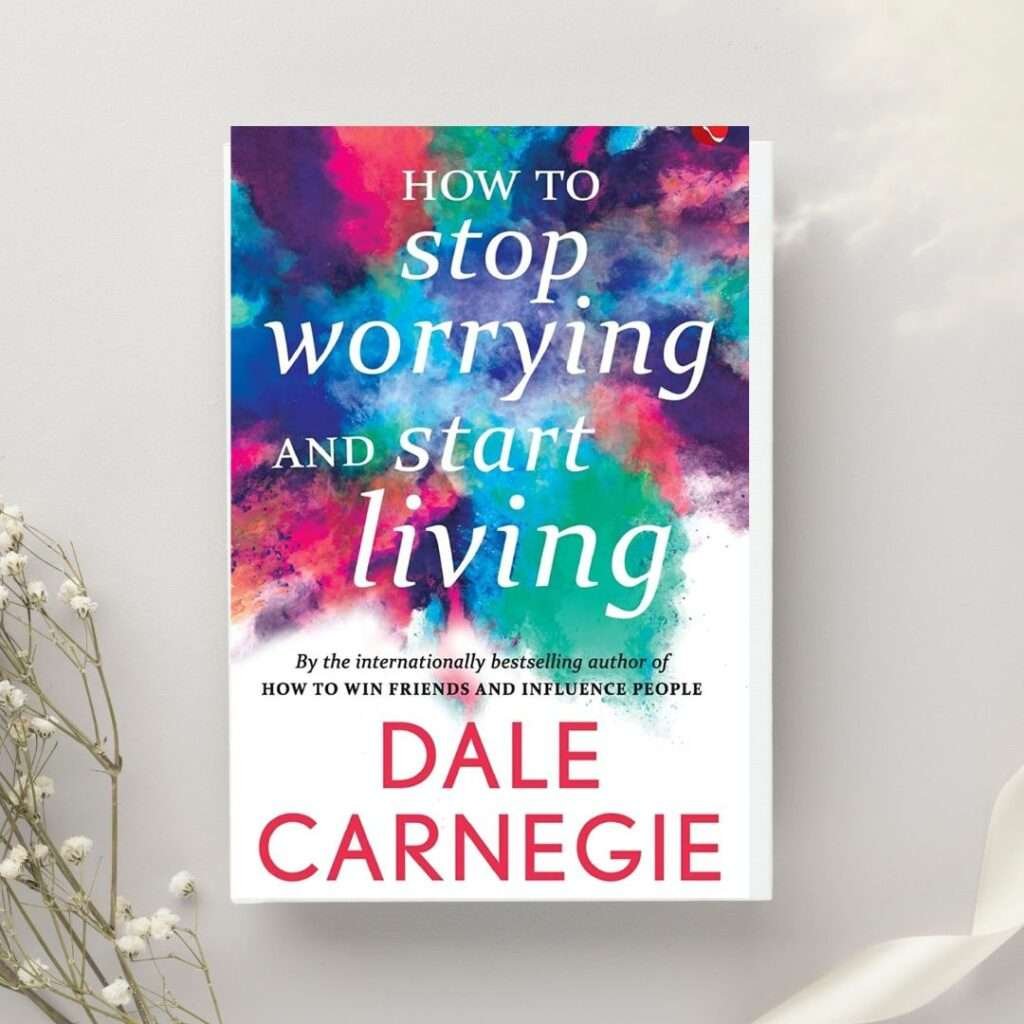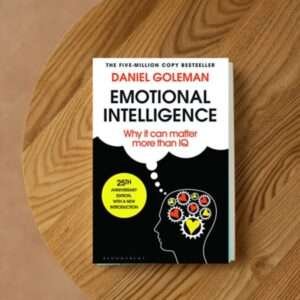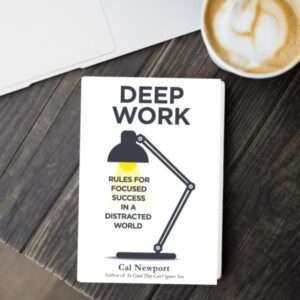Brief of How to Stop Worrying and Start Living
- Overview of the book and its main theme – teaching readers how to overcome worry and lead a happier, more fulfilling life.
10 Best Learnings from How to Stop Worrying and Start Living:
- Detailed exploration of the top 10 most valuable lessons from the How to Stop Worrying and Start Living, including how to:
- Identify the sources of your worries
- Prioritize and deal with your worries effectively
- Practice positive self-talk and visualization
- Develop a more optimistic outlook
- And more.
Conclusion:
- Summary of the main points and key takeaways from the book
- Discussion of the book’s relevance and applicability in today’s fast-paced and stressful world
Detailed Overview
Introduction: How to Stop Worrying and Start Living, written by Dale Carnegie, is a self-help classic that has helped millions of people worldwide overcome their worries and anxieties. The book, first published in 1948, is a practical guide on how to lead a happier and more fulfilling life by learning to control one’s thoughts and emotions. In this book review, we will delve into the key takeaways and lessons from the book, as well as take a closer look at the author and his background.
How to Stop Worrying and Start Living is divided into several chapters, each of which addresses a specific aspect of worry and anxiety. Carnegie starts by discussing the nature of worry and its effects on our lives. He then provides strategies for overcoming worry, such as learning to accept the things that we cannot change and focusing on the present moment. The book also covers how to manage stress, develop a positive attitude, and cultivate resilience.
Key takeaways
- Worry is a natural human emotion, but it can become debilitating if not managed properly.
- Accepting the things we cannot change and focusing on the present moment can help us overcome worry.
- Developing a positive attitude and learning to manage stress can help us build resilience and lead a more fulfilling life.
- The book offers practical exercises and techniques that can be applied in daily life.
About the Author
Dale Carnegie was an American writer and lecturer, known for his self-help and motivational books. He was born in 1888 in Missouri and began his career as a traveling salesperson before turning to writing and public speaking. He is best known for his hugely successful self-help book How to Win Friends and Influence People, which has sold over 30 million copies worldwide.
10 Lessons from How to Stop Worrying and Start Living:
- Worrying is a habit that can be broken.
- Accepting the things you can’t change and focusing on what you can change can reduce worry.
- Focusing on the present moment can help reduce worry about the future.
- Keeping busy and engaging in hobbies can help distract from worries.
- Learning to let go of resentment and forgiving others can reduce feelings of worry.
- Practicing gratitude can shift focus from negative thoughts to positive ones.
- Having a sense of purpose and setting goals can provide direction and motivation.
- Maintaining a positive attitude and reframing negative thoughts can improve overall well-being.
- Building a support system of friends and family can provide emotional support and a sounding board for worries.
- Seeking professional help, if needed, can provide additional support and guidance in managing worry.
Conclusion
Overall, How to Stop Worrying and Start Living is a timeless classic that provides practical and actionable advice on how to lead a more fulfilling and worry-free life. The author, Dale Carnegie, draws on his own experiences and those of others to provide relatable and easy-to-understand examples of how to apply the principles outlined in the book. Whether you’re someone who struggles with chronic worry or simply wants to lead a more positive and peaceful life, this book is definitely worth reading.

How to Stop Worrying and Start Living
Follow Reviewzade on Instagram for regular updates. Click here for more book reviews.
Keywords: worry, anxiety, self-help, Dale Carnegie, positive thinking, gratitude, mindfulness, goal-setting, emotional intelligence, mental health.




